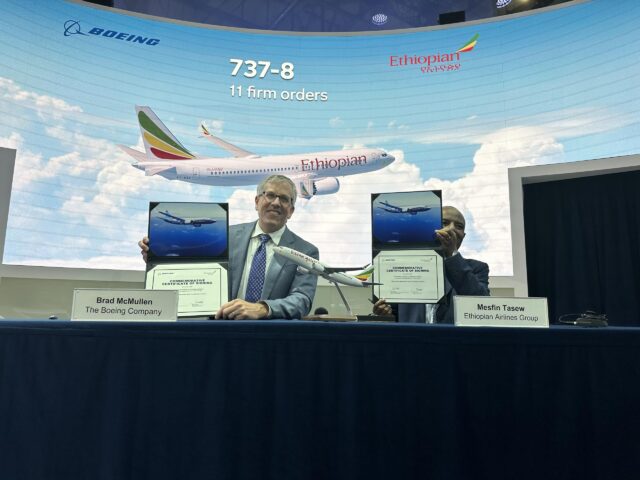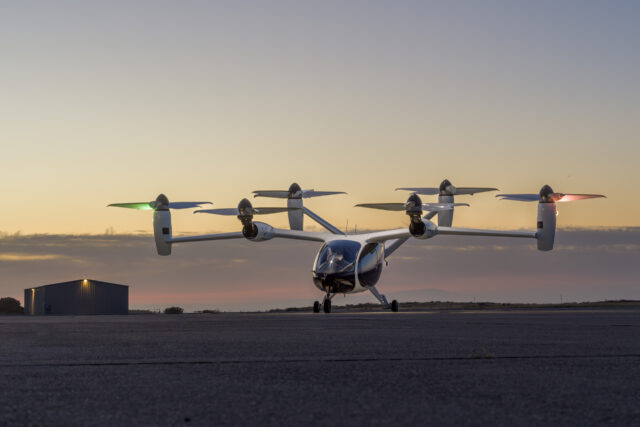ASKA A5 eVTOL progresses with FAA type certification
ASKA A5 has started flight testing and the type certification process with the FAA, with the Silicon Valley air mobility company’s prototype awarded Certificate of Authorisation (COA) and Special Airworthiness…

ASKA A5 has started flight testing and the type certification process with the FAA, with the Silicon Valley air mobility company’s prototype awarded Certificate of Authorisation (COA) and Special Airworthiness Certification.
Since 2022 ASKA has performed successful ground testing and in Q1/2023 began conducting on-street driving tests. This Special Airworthiness Certificate signals that ASKA A5 has successfully met all FAA safety requirements.
ASKA is working closely with the FAA on type certification. Type certification signifies the design is in compliance with applicable airworthiness, noise, fuel venting, and exhaust emissions standards.
“We have achieved a series of technological milestones in the first quarter of 2023; debuting the first full-scale working prototype of the ASKA A5 in January at CES, successfully performing field and driving tests, and obtaining the COA and Special Airworthiness Certification for our pre-production prototype,” says Guy Kaplinsky, CEO/Cofounder.
“The data we are harvesting from flight testing is enabling us to make progress towards our type certification. We already completed the initial phase and are progressing towards our next milestone, G1 status.”
ASKA A5
G-1 basis is a critical milestone in the FAA cross-validation process, establishing airworthiness and environmental requirements necessary to achieve FAA Type Certification Validation.
The size of an SUV, the four-seater ASKA A5 is a drive and fly eVTOL that can travel by road and air. The vehicle is designed for the highest level of safety, a key factor that has enabled the company to make positive progress with the FAA toward type certification.
– Dual hybrid energy supply: ASKA is hybrid with batteries and a range extender engine that charges the batteries in-flight.
– Large Aerodynamic wings, optimised for safe landing with ability to glide
– Six independent motor systems for flight
– Sufficient reserve flight time to meet FAA safety requirement
– Ballistic parachute
– 4 seater (1 pilot and 3 passengers)
– Capable of Vertical Takeoff and Landing (VTOL) from helipads and Short Takeoff and Landing (STOL) from runways
– Max flight range 250 miles
– Airspeed up to 150mph
Subscribe to the FINN weekly newsletter
















